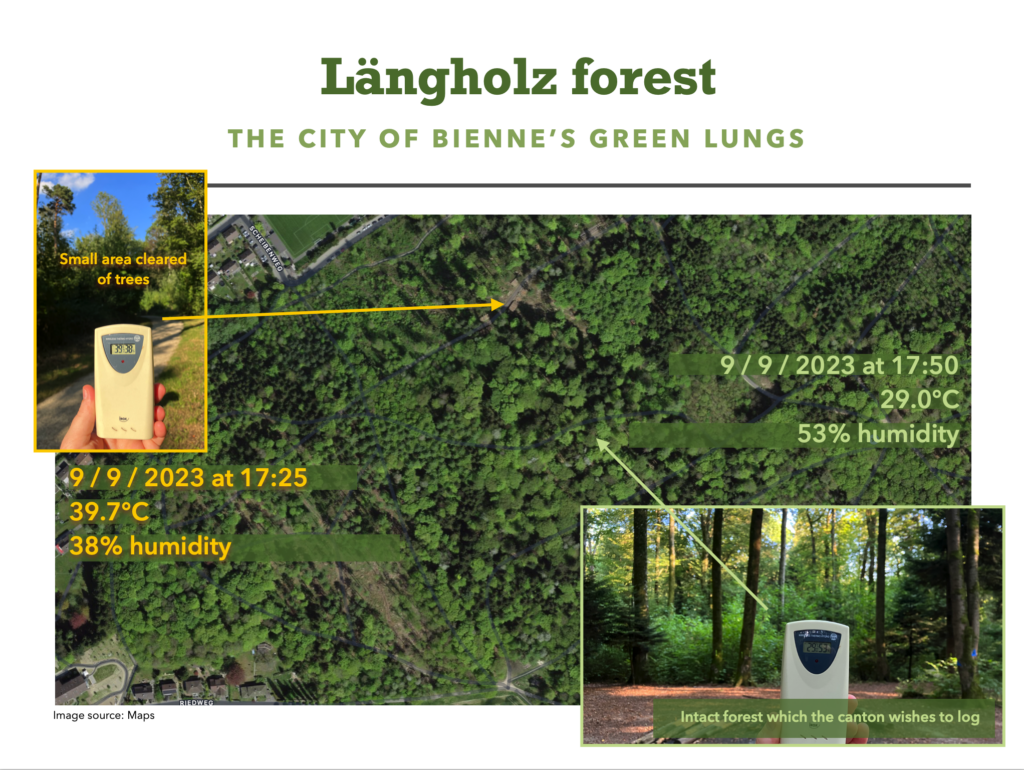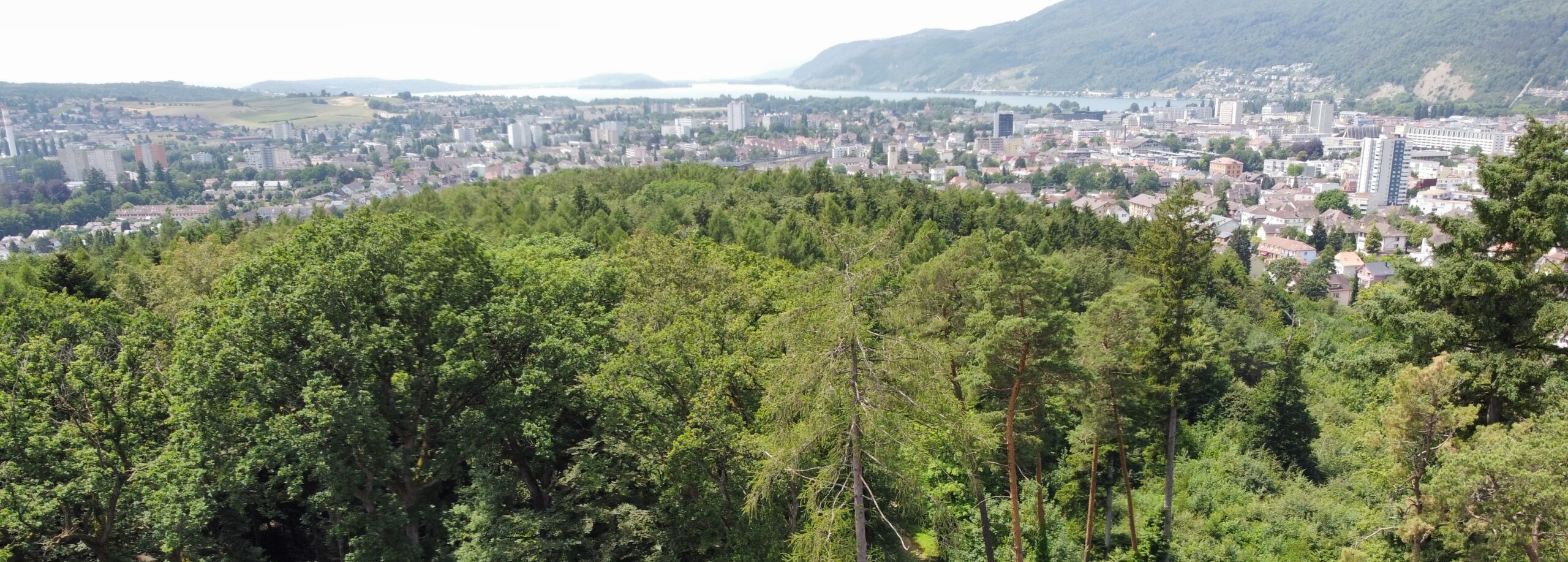Less heat in cities thanks to healthy surrounding forests
Stick to current policies, warns the United Nations (UN), and the world will be on course for 2.5 – 2.9°C of warming by 2100.
The past two years of record-shattering global temperatures and the heatwaves rippling across the globe are but tasters of what lies ahead.
Cities are particularly at risk. Not only are they home to more than half the world’s population, but their exposure to high temperatures is amplified by the Urban Heat Island (UHI) effect. This is the effect that makes cities feel much warmer than nearby rural areas, with the difference being particularly noticeable at night.
Life-threatening heat and humidity are predicted to affect between half and three-fourths of Earth’s population by 2100.
Cities will be exposed to twice the levels of heat stress as rural surroundings, in turn exposing their inhabitants, particularly the elderly and young, but also pregnant women, to increased levels of mortality and heat-related illnesses such as respiratory and cardiovascular disease. Surface ozone is expected to increase by a few parts per billion over polluted areas, further exacerbating the risk to health.
Periods of hot weather also impair learning in children and are projected to decrease labour capacity by 20% or more by 2050, up from 10% currently. Extreme heat in the USA already costs the economy $100 billion annually and is projected to increase to $500 billion by 2050.
And don’t for one minute think that Europe or Switzerland are safe.
A recent three-year study of 85 European cities found that UHI during the summer comes with a cost to human health comparable to that of air pollution (of around Euro 192 per adult, per year). In Geneva for example, UHI was calculated to cause an extra 4 heat deaths per 100,000 inhabitants, per year, at a cost of Euro 155 per adult per year.

So what can be done?
Painting roadways, buildings and roofs a lighter colour helps reflect sunlight and therefore heat. Maximising green spaces, including on roofs or sides of buildings and planting trees and bushes along streets increases shade and helps lower the temperature though heat absorption, convection, circulation and evapotranspiration. The vegetation in cities therefore acts like a natural cooling system, but urban land is precious and such interventions are limited in their capacity to reduce UHI at the city scale.
The realisation is growing that what surrounds cities is also important because the heat from urban areas dissipates outwards and is absorbed and mitigated by rural areas. It turns out that trees surrounding built-up areas can help keep the urban population cool. A 2024 study of 30 Chinese cities revealed that the presence of forests or lakes around cities reduced UHI by up to 0.5°C.
The forests surrounding our cities don’t just function as their “green lungs”, they also act as air conditioning. We cut them down at our peril, for while 0.5°C doesn’t sound like much, it can be quite literally be the difference between life and death.
August 2024
